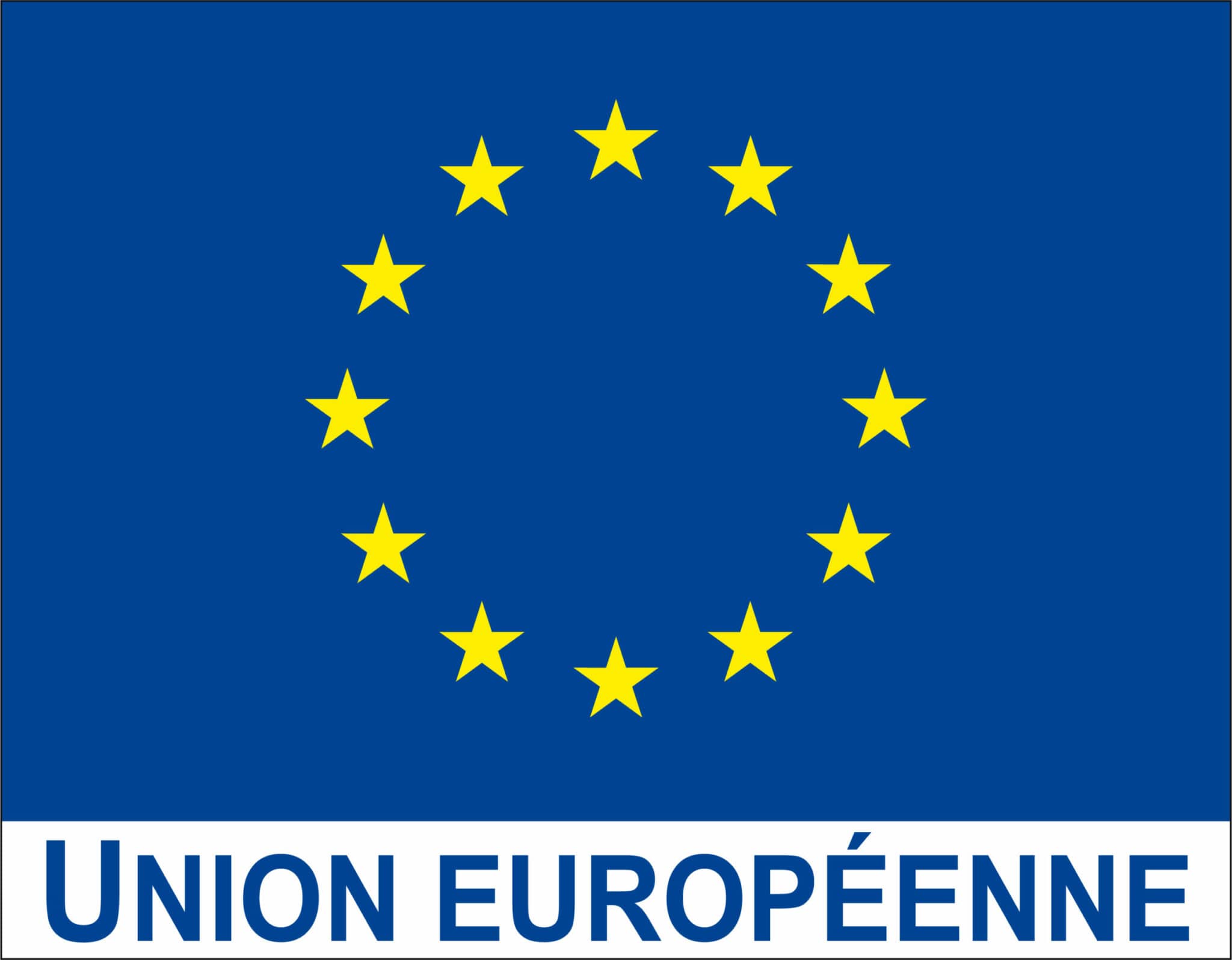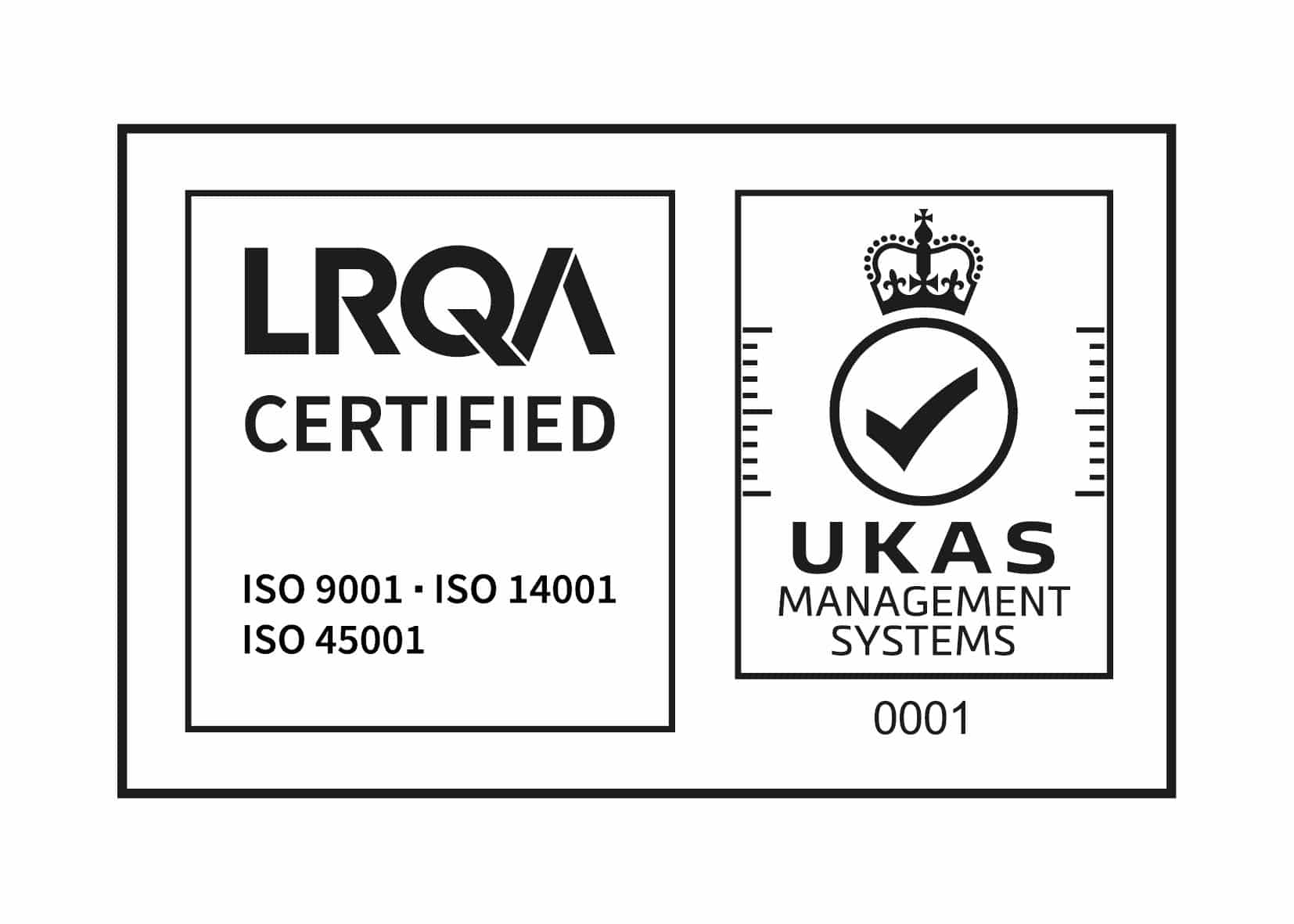Fishing is strictly regulated over the world. Complete, reliable, and accurate data are mandatory for better fisheries management by marine data scientists and authorities. Some essential at-sea information (bycatch, catch composition, and gear configuration) can only be obtained from independent fisheries observers, making these specialists a vital source.
You may also like …
What is the role of fisheries observers/marine data scientists?
Fisheries observers are employed by dedicated programs driven by an official governmental entity or by a third-party contractor. Most of the time, they serve on board all types of commercial fishing vessels (herring vessels, trawlers, seiners, gillnets, etc.) and on receiving vessels also called “motherships.” Observers generally spend one or a few days or sometimes a couple of weeks out at sea to perform the required surveys. On top of their educational background in the biological sciences, they need a proven capacity to bear life at sea. They may also intervene on shoreside processing platforms or plants.
While on board ships, fisheries observers have to work closely with the captain and crew to collect and record data related to various aspects:
- gear configuration and trip information;
- catch composition and species discarded after sorting, and the reason for discard;
- fish measurements;
- bycatch;
- interactions with marine mammals, sea turtles, and seabirds
- other environmental and/or ecological information.
Data are completed with photos, especially of fish species that can’t immediately be identified.
Another observer’s duty is to make sure that fishing and safety regulations are respected. In this regard, they are also:
- physically control fishing and transshipment operations;
- verify logbooks to check registering compliance;
- report any unusual event, rule violation, safety issue, or other hardships that have occurred during the trip.
Your environmental monitoring at your fingertips!
Optimize your environmental monitoring, become smarter and more sustainable with a unified system that gathers all your environmental sensors & data in one place.
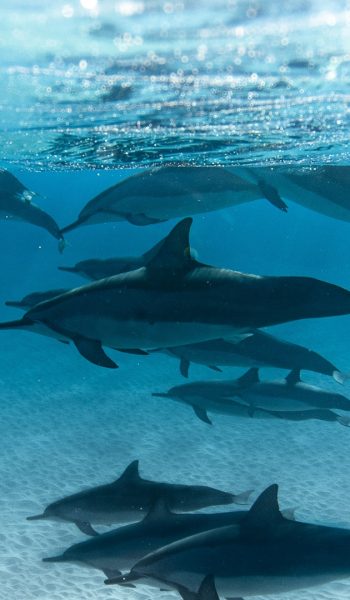
What are the data collected by fisheries observers used for?
Independent data collection is critical to ensure their accuracy since the information communicated directly by fishermen might be biased or incomplete.
The high-quality data collected by fisheries observers are compiled into a database, making it easy to detect any error and share relevant information with all concerned stakeholders. Data and advice of scientific bodies serve multiple purposes, depending on the fisheries observer program’s objective, either scientific or pertaining to monitoring control and surveillance (MCS):
- identify all species in the ecosystem;
- assess fish populations;
- analyze fisheries stock of targeted and bycatch species (increase or decrease) and forecast future catches;
- monitor and set fish quotas or restrictions, for example, to help some species recover or expand the population that is thriving;
- reduce bycatch;
- establish fishery management plan;
- protect living marine resources, especially protected species;
- conduct research on gear;
- create new policies and regulations;
- promote sustainable fisheries.
The observer programs and authorities
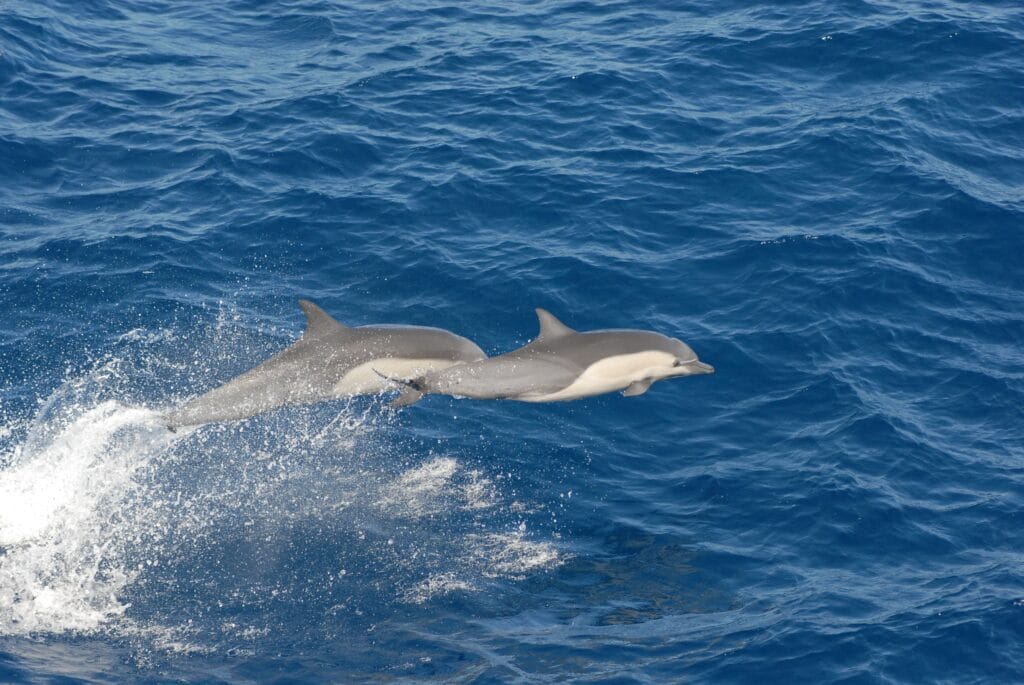
Sustainable resource management on all seas and oceans across the globe is ensured by the International Fisheries Observer and Monitoring Conference (IFOMC). It plays a multiple role:
- develop, promote and improve effective fishery observing programs;
- share best practices;
- enhance data collection and analysis methods with fine-tuned mathematical models. ;
- ease dialog between agencies and all parties that use the data collected by observers;
A list of observer programs all over the world is available on the Association for Professional Observers (APO) website.
Here are the main ones:
- National Oceanographic and Atmospheric Administration (NOAA) for the United States, along with regional programs (Greater Atlantic, Southeast particularly in the Gulf of Mexico), Alaska, Northwest and West Coast (California), Pacific Islands (American Samoa, Hawaii);
- Pacific Islands Forum Fisheries Agency (FFA);
- Western and Central Pacific Fisheries Commission (WCPFC);
- Australia Fisheries Management Authority Observer Program (AFMA);
- Indian Ocean Tuna Commission (IOTC);
- Ministry for Primary Industries Summer Observer Program (MIP-OP) in New Zealand;
- Azores Fisheries Observers Program (POPA) in Portugal;
- Liberia Observer Program (LOP) in West Africa;
- Sustainable Management of Natural Resources (MRAG) in the United Kingdom.
Apart from observer programs, official shaving enforcement powers conduct fisheries inspections related to compliance with regulations.
Learn more about US NOAA
In the United States, the national observer program is coordinated by the NOAA. Its core mission is to support observers deployed in ports throughout the world, while constantly enhancing data quality and consistency. The policies must take into account the specific needs of each regional program. The support provided to observers takes a variety of forms: gear, coverage of expenses (travel mileage to and from docks, hotel bills…), protection against fishermen who may threaten or endanger them at the docks or while at sea, or obstruct them in the performance of the duties.
At an international level, the NOAA participates in the International Fisheries Observer Conference and maintains awareness of national/regional observer programs. In the US territory, it:
- develops standards and policies applicable to all NOAA Fisheries monitoring initiatives,
- reviews the programs’ effectiveness and cost efficiency, and then suggests key areas of improvement;
- make recommendations for amendments to legislation in force;
- evaluates and modernizes the techniques and procedures for data collection;
- communicates on its objectives and activities
Your environmental monitoring at your fingertips!
Optimize your environmental monitoring, become smarter and more sustainable with a unified system that gathers all your environmental sensors & data in one place.

A growing interest in electronic monitoring solutions
In the era of new technologies, remote electronic monitoring (REM) is gaining ground associated with observers’ inputs. This is the purpose of some scientific programs such as French OBSCAMe. The aim is to have a better understanding of mammal bycatches in the Bay of Biscay gillnetters fisheries. These are equipped with various devices:
- 2 cameras to capture images of the nets hauling on board along the hull and identify/measure caught species;
- a GPS tracker to locate bycatches and trigger recording of the remote system/camera;
- a sensor placed on net haulers to measure the speed and power of the net hauler rotations;
- a central processing unit to store data and screen control to follow up operations of the remote system;
Multiple configurations for the cameras and sensors are designed with the captain and tested. These materials are used along with the Vessel Monitoring Systems (VMS), which is installed on all merchant ships to enable tracking of fishing activities by environmental and fisheries regulatory organizations.
The videos are analyzed by authorized persons ashore using dedicated software. Data are encrypted and no information regarding vessel position or identification is published. Furthermore, photos of crew members are deleted. This commitment is made to guarantee confidentiality and other provisions of the General Data Protection Regulation (GDPR – UE regulation 2018/1725).
This experimental project serves several purposes:
- get in-depth knowledge of fishing vessels and dolphin interactions;
- better understand bycatch, thanks to the assessment of the REM potential contribution to this interaction;
- survey the processing chain and large volume of data transfer and storing;
- evaluate the interest in enhancing ships trip sampling;
- depending on REM data consistency, couple them with other sources in order to get a better diagnosis on observer programs and bycatches mandatory report …;
- automatize analysis using artificial intelligence (AI), Big data, and machine learning (ML);
- evaluate the implementation cost of REM on most gillnetters fisheries located in the Bay of Biscay.
Sinay’s fisheries observers’ mission
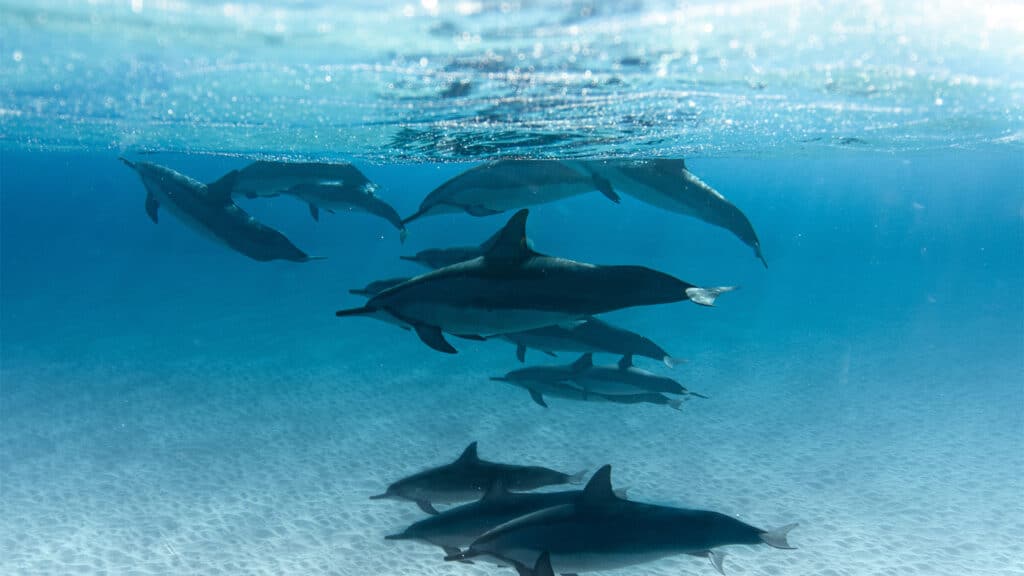
Some players in the maritime industry have developed solutions to enhance fisheries observers’ efficiency. French company Sinay’s team of technicians carries out observation missions to collect data on fishing in French waters. They cooperate with fishermen and EU authorities to:
- assess the diversity of the community of animals;
- set catch limits per species and areas, prior to sharing fishing quotas between EU countries;
- based on stock evolution and other parameters, feed the Fish Price application so as to develop its predictive capabilities;
- evaluate the general health of the marine ecosystem.
Apart from fisheries monitoring, this specialized in data analytics in various fields, thanks to a wide range of data-centric applications using AI, ML, and the Internet of Things: underwater acoustics, air and water quality, and impact studies on the marine environment. Marine data scientists also measure indicators such as the water temperature and the salinity at various depths, as well as the hydroacoustic profile of the seabed.
Conclusion about the Role of Fisheries Observers/Marine Data Scientists
Fisheries observers programs are crucial for wise management of marine resources while protecting fishermen’s businesses and the environment. They provide researchers with valuable data, harnessing the potential of new technologies in addition to direct findings. A partnership between the fishing industry and fisheries science center’s allows for finding the right balance that is suitable to all involved parties and tackles actual challenges: climate change, carbon footprint reduction goals, growth of human activities (especially international shipping), etc.
Frequently Asked Questions About Fisheries
Fisheries are the commercial activities that involve the catching, processing, and marketing of fish, shellfish, and other aquatic organisms. The goals of fisheries may include producing food, generating economic activity, and conserving aquatic resources.
Monitoring fisheries is important because it helps to ensure that fish populations remain sustainable and that fishing practices are environmentally responsible. It also helps to ensure that the fishing industry is economically viable by providing important data for resource management and planning.
The management of fisheries is complex, as there are often competing interests and challenges related to the sustainability of the fishery and its impact on the ecosystem.
Fisheries monitoring is the responsibility of government agencies, such as national fisheries departments or marine conservation organizations.
Marine observers are individuals who are trained to collect data and monitor activities on board fishing vessels and other marine operations. They play a crucial role in monitoring and protecting the health of the marine environment and the sustainability of marine resources.




